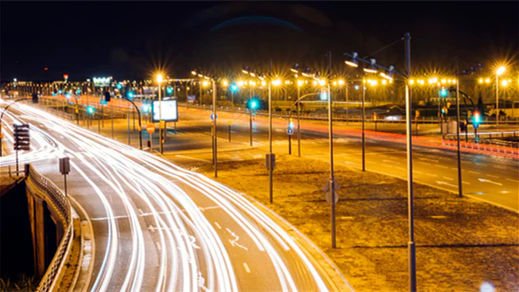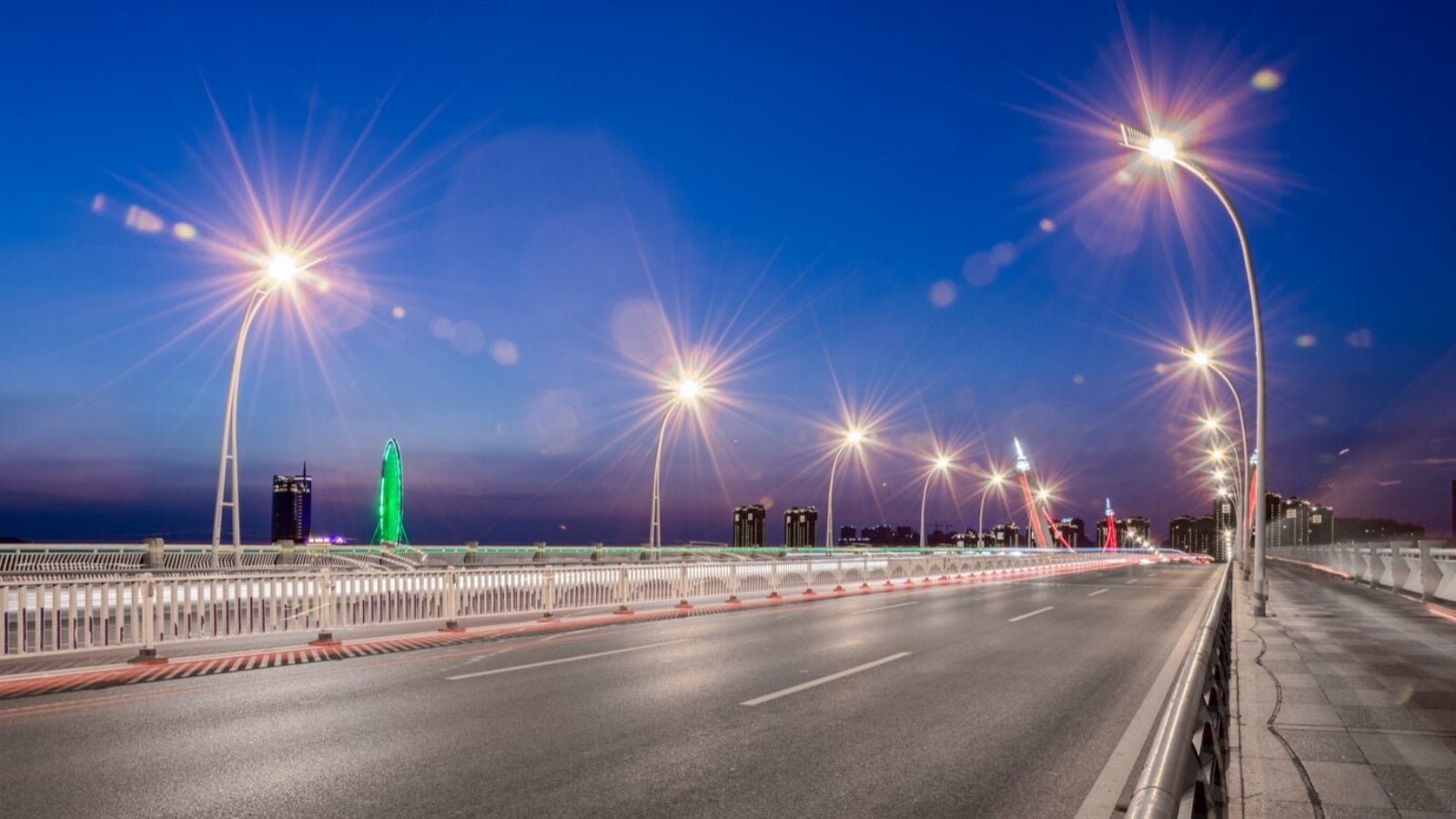Background of rise of Solar powered Street Lights:
the rise of solar-powered street lights reflects broader trends,As these trends continue to evolve, solar-powered street lights are expected to play an increasingly important role in creating sustainable, resilient, and livable communities around the world.However, if you are new to the lighting business ,you might find it difficult to choose them.
But you don’t need to worry, knowing the differences of both lights and the factors to consider will guide you in making the right choice for your project. The main purpose of this article is to guide you and let you know something about these lights. So if you want to know more, then keep reading.
several differences between Solar powered Street Lights and traditional street lights:
Power Source:
Solar powered street lights: Solar powered street lights are powered by solar energy, generated through photovoltaic (PV) panels that convert sunlight into electricity. They operate independently of the electricity grid and do not require connection to a power source.
Traditional street lights: Traditional street lights are powered by the electricity grid, drawing electricity from power plants through a network of power lines and distribution infrastructure.
Installation and Infrastructure:
Solar powered street lights: Solar powered street lights are standalone systems that require minimal infrastructure for installation. They do not need to be connected to the electricity grid, making installation simpler and less disruptive.
Traditional street lights: Traditional street lights require extensive infrastructure, including underground wiring, poles, transformers, and connection to the electricity grid. Installation can be complex and costly, involving coordination with utility companies and local authorities.
Energy Efficiency:
Solar powered street lights: Solar powered street lights are highly energy-efficient, as they utilize renewable solar energy to power LED (Light Emitting Diode) bulbs. LED technology is known for its high efficiency and longevity, resulting in lower energy consumption and reduced operating costs.
Traditional street lights: Traditional street lights often use conventional light sources such as high-pressure sodium (HPS) or metal halide lamps, which are less energy-efficient compared to LEDs. They consume more electricity and require frequent maintenance and replacement of bulbs.

Environmental Impact:
Solar powered street lights: Solar street lights have a lower environmental impact compared to traditional street lights. By harnessing solar energy, they reduce reliance on fossil fuels, lower carbon emissions, and minimize pollution associated with electricity generation.
Traditional street lights: Traditional street lights rely on electricity generated from fossil fuels such as coal, natural gas, or oil. This contributes to air and water pollution, greenhouse gas emissions, and environmental degradation.
Maintenance Requirements:
Solar powered street lights: Solar street lights have lower maintenance requirements compared to traditional street lights. They have fewer components, and the LED bulbs have a longer lifespan, resulting in reduced maintenance costs and downtime.
Traditional street lights: Traditional street lights require regular maintenance, including bulb replacement, cleaning, and repairs to electrical components. Maintenance can be costly and time-consuming, especially for large-scale installations.
Overall, solar powered street lights offer numerous advantages over traditional street lights, including energy efficiency, environmental sustainability, lower operating costs, and simpler installation and maintenance. They are a sustainable and cost-effective lighting solution for various outdoor applications, contributing to a cleaner and greener future.

What factors should be considered when choosing solar powered street lights?
When choosing solar powered street lights, several factors should be considered to ensure optimal performance and suitability for your specific needs. Here are the key factors to consider:
Sunlight Availability and Solar Panel Efficiency:
Assess the amount of sunlight available at the installation site throughout the year. Factors such as geographic location, orientation, tilt angle, and shading from trees, buildings, or other structures can impact solar panel performance.
Choose solar powered street lights with high-efficiency solar panels that can maximize energy capture and conversion, even under low-light conditions or partial shading.
Lighting Requirements and Design:
Determine the specific lighting needs and desired illumination levels for the intended application. Consider factors such as the size and layout of the area to be illuminated, brightness requirements, lighting duration (hours of operation), and any special lighting features or functions required.
Select solar street lights with appropriate LED fixtures that provide uniform illumination, optimal light distribution, and minimal glare or light pollution. Consider factors such as LED wattage, luminous efficacy (lumens per watt), color temperature, beam angle, and light distribution pattern to achieve the desired lighting effect and coverage.
Battery Capacity and Autonomy:
Choose a solar powered street light system with a battery capacity sufficient to store enough energy to meet lighting requirements during periods of low sunlight or consecutive cloudy days. Consider factors such as battery type, capacity, voltage, and lifespan to ensure reliable operation and optimal autonomy.
Evaluate the charge-discharge cycle life and depth of discharge (DoD) rating of the batteries to determine their durability and suitability for long-term use in solar street light applications.

System Components and Integration:
Evaluate the quality, reliability, and compatibility of the solar powered street light components, including solar panels, batteries, charge controllers, LED fixtures, and mounting hardware.
Choose a powered solar street light system that is well-integrated and designed for durability, reliability, and ease of installation. Look for features such as weatherproof enclosures, corrosion-resistant materials, and modular design for scalability and flexibility.
Weather Resistance and Durability:
Select powered solar street lights with robust construction and weatherproof features to withstand outdoor conditions such as rain, snow, wind, and temperature fluctuations.
Ensure that the materials used are corrosion-resistant, UV-stabilized, and rated for outdoor use to ensure long-term durability and performance in harsh environmental conditions.
Mounting and Installation:
Consider the mounting options and installation requirements for the solar powered street lights. Choose a mounting method that is suitable for the installation site and ensures proper orientation and positioning of the solar panels for optimal sunlight exposure.
Ensure that installation is straightforward and complies with local regulations and standards. Consider factors such as foundation requirements, anchoring methods, and electrical wiring for safe and secure installation.
Warranty and Support:
Verify the warranty coverage and technical support provided by the manufacturer or supplier. Choose a reputable supplier that offers reliable customer service, warranty protection, and ongoing support for troubleshooting, maintenance, and replacement parts.
Consider factors such as warranty duration, coverage for different components, and response time for technical assistance to ensure peace of mind and minimize risks associated with product defects or failures.
conclusion
By considering these factors deeply and comprehensively, you can select the right solar powered street light system that meets your specific requirements and provides reliable, sustainable, and cost-effective outdoor lighting solutions for years to come.


































Leave a comment
This site is protected by hCaptcha and the hCaptcha Privacy Policy and Terms of Service apply.